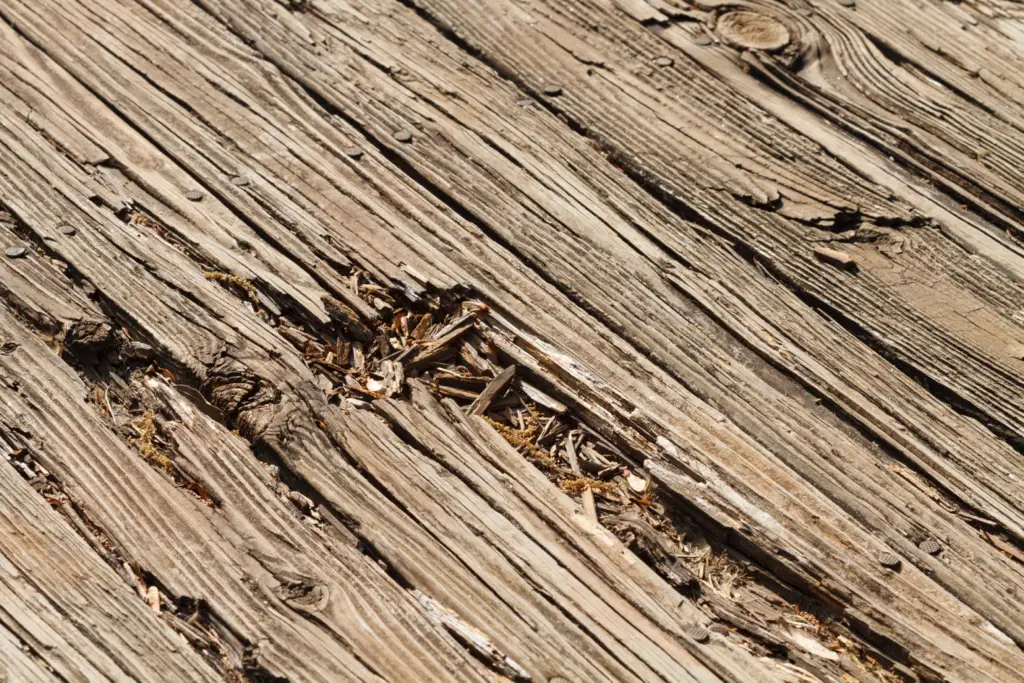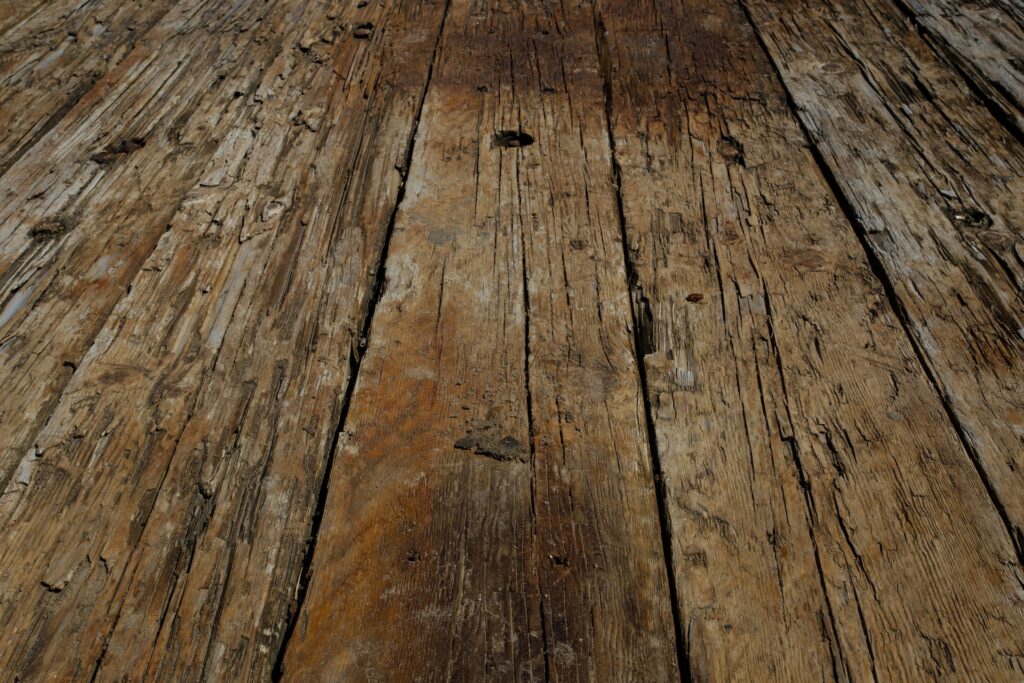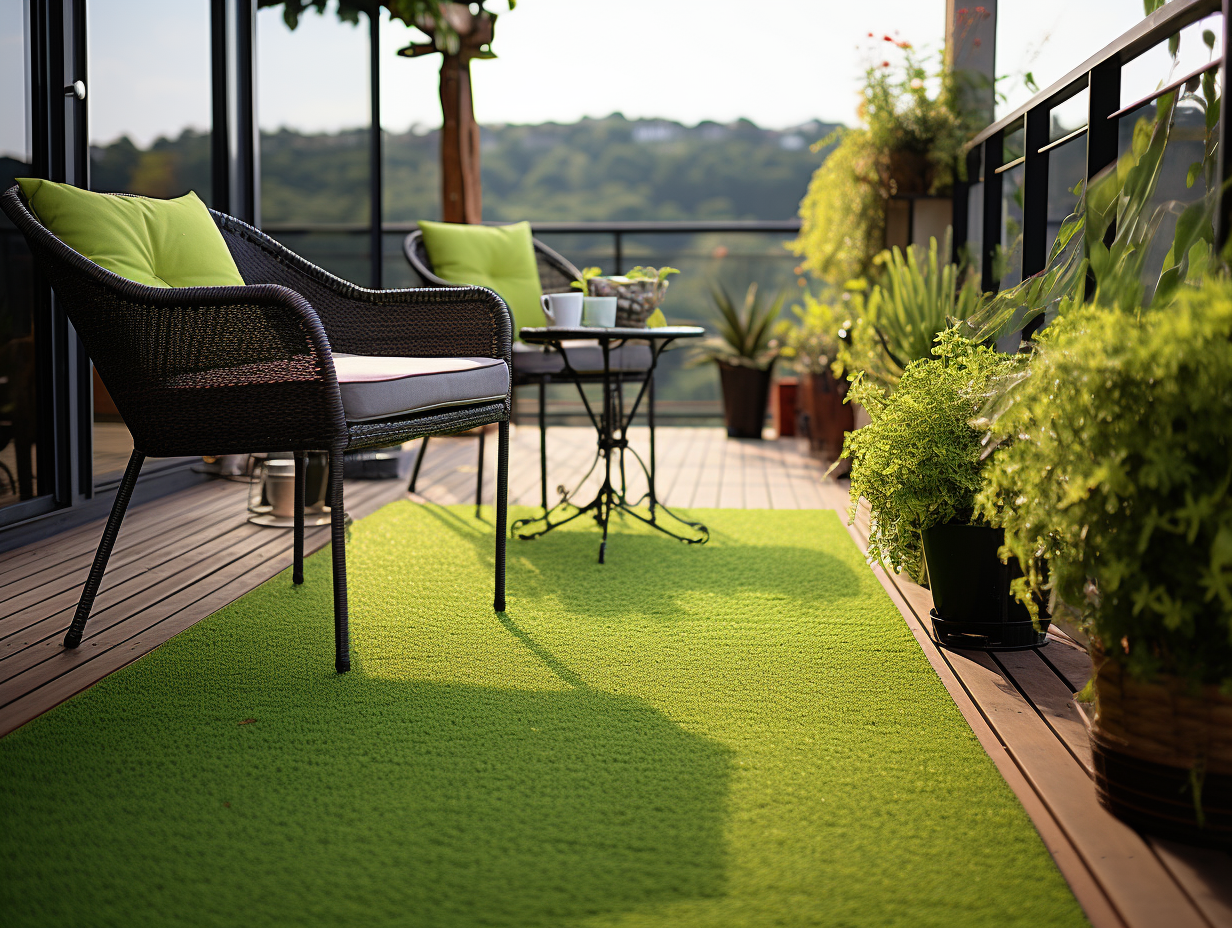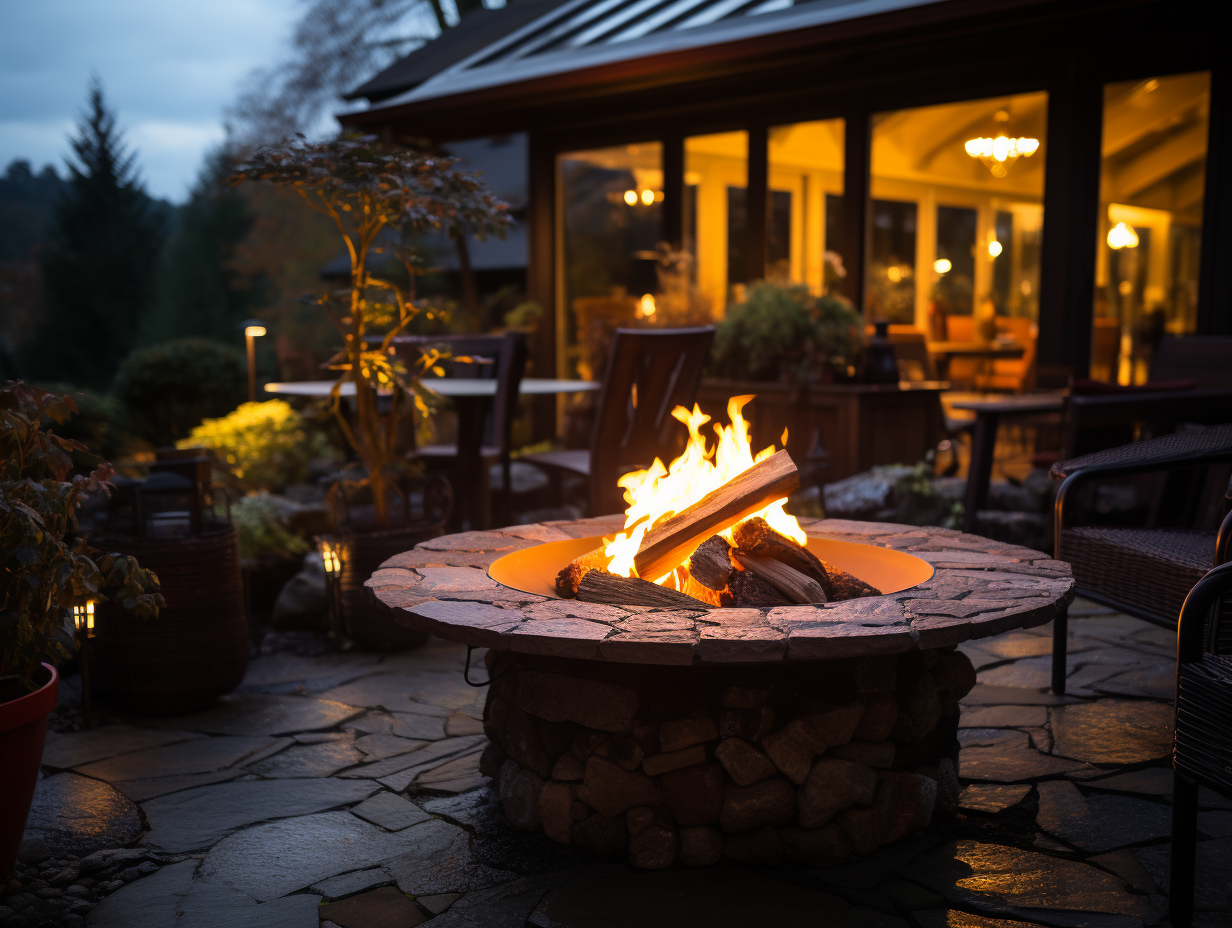As someone who has experienced the frustration and expense of a rotting shed floor, I can attest to the importance of understanding the causes and prevention of this common problem.
Shed floors are often made of wood, which is susceptible to rot and decay if not properly protected. In this article, I will explore the reasons behind shed floor rot and offer tips on how to prevent it.

Why Do Shed Floors Rot?
The first reason why shed floors rot is due to moisture. When a shed is built directly on the ground, moisture can seep up through the floor and into the wood, causing it to rot over time.
This is especially true in areas with high humidity or frequent rainfall. Additionally, if the shed is not properly ventilated, moisture can become trapped inside, leading to the growth of mold and mildew which can also contribute to rot.
Another cause of shed floor rot is pests. Termites, carpenter ants, and other wood-boring insects can cause significant damage to shed floors if left unchecked.
These pests are attracted to moist, rotting wood and will burrow into it, weakening the structure over time.
Also Read: What Wood Is Best to Build a Shed
To prevent shed floor rot, there are several steps that can be taken. Firstly, the shed should be built on a foundation that raises it off the ground. This can be done using concrete blocks, pavers, or even pressure-treated lumber. By elevating the shed, moisture is prevented from seeping up through the floor, which can significantly reduce the risk of rot.
Secondly, the shed should be properly ventilated. This can be done by installing vents in the walls or roof to allow for airflow.
This will help to prevent moisture from becoming trapped inside the shed, reducing the risk of mold and mildew growth.

How Do I Keep My Shed Floor from Rotting?
The best way to prevent a shed floor from rotting is to use pressure-treated lumber for the framing and flooring.
Pressure-treated lumber is treated with chemicals that resist rot, decay, and insects.
Another option is to use a moisture-resistant material for the flooring, such as marine-grade plywood, cement board, or composite decking. These materials are less prone to rotting and can withstand moisture better than regular plywood or wood planks.
To further prevent moisture buildup, make sure the shed has proper ventilation and is situated in a well-drained area.
Avoid placing the shed in a low-lying area where water can accumulate, and consider adding a vapor barrier underneath the flooring to prevent moisture from seeping up from the ground.
Regular maintenance is also important for preventing rot. Keep the shed clean and free of debris, and make sure to inspect the floor regularly for signs of rot or decay. If you notice any issues, address them promptly to prevent further damage.
Conclusion
Shed floors are prone to rotting due to several factors, including exposure to moisture, lack of proper ventilation, and using materials that are not resistant to decay. Rotting can weaken the shed structure and compromise its stability, making it less safe for use. Therefore, it is crucial to take preventive measures to keep the shed floor from rotting, such as using pressure-treated lumber, and moisture-resistant materials, providing adequate ventilation, and regular maintenance. By implementing these measures, you can help prolong the life of your shed and ensure that it remains a safe and functional space for your needs.

![What Gravel To Use For Patio Base [Best Options]](https://www.cleverpatio.com/wp-content/uploads/2021/11/What-Gravel-To-Use-For-Patio-Base-270x180.jpg)


Leave a Reply